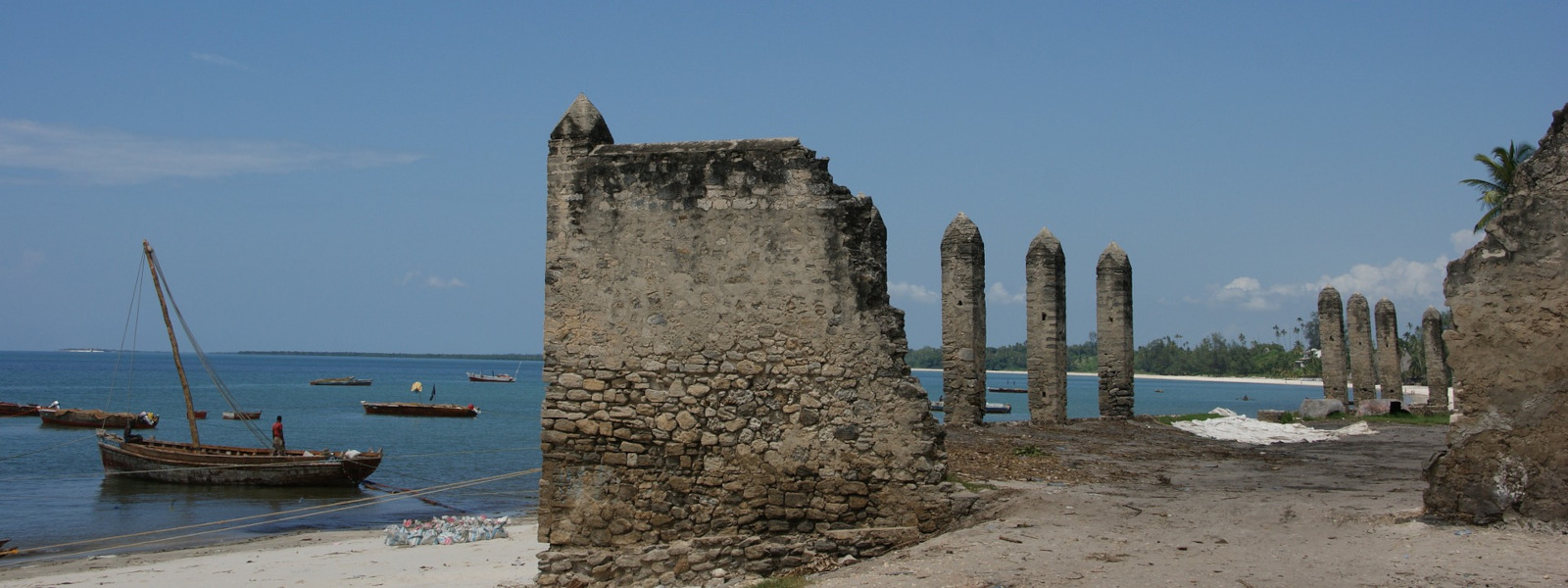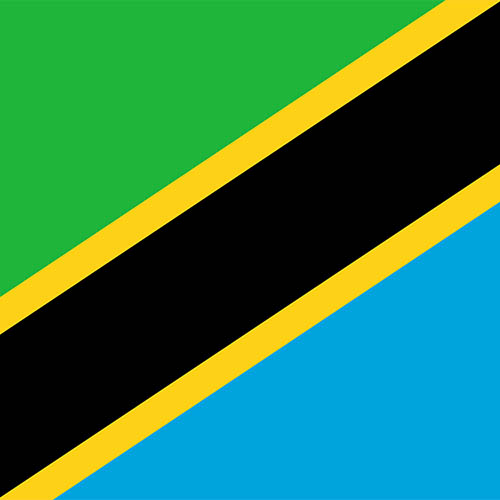Day trip to Bagamoyo
1
Day Tanzania Safari

Safari Overview
Bagamoyo was founded towards the end of the 18th century as a small port trading in dried fish, gum, cobalt and salt. Bagamoyo also served as a caravan entreport, with traders coming from distant areas of the interior, as far as Morogoro and Usambara. Later on, the use of this town for Ivory and slave trade increased its importance in the 19th century. Bagamoyo's importance began to decline when in 1940 the Sultan of Oman, Seyyid Said, decided to move his capital from Muscat to Zanzibar, to be closer to his dominion along the Eastern African coast. Caravans would come to the coast from the interior with goods like clothing, wire, beads and other ornaments, and would return with slaves carrying Ivory. Hence Bagamoyo became the main entreport for the slave and ivory trade on the mainland. Renowned European explorers like Burton, Speke, Stanley and Livingstone all passed through Bagamoyo. The Holy Ghost fathers established their first mission station in Bagamoyo in 1868, and it was in its chapel that Dr. Livingstone's body was brought from the interior and kept before being shipped back to Europe.
1
Day

Safari in Tanzania
Cultural Tour
DAY 1
Day trip to Bagamoyo
Tour Pricing Option
The Tour Price Includes
- Private Vehicle Transport
- English Speaking Tour Guide
- Activities as per the itinerary
- Meals according to travel plan
- Parks Fees, Permits & all Taxes
Mineral water (1.5 litre per day / person) - Visit the Kaole Ruins and the first Roman Catholic Church in Tanganyika built by the Germans in the 1880's.
- Visit the museum, which houses numerous historical artifacts.
- There is also a splendid beach where one can swim and enjoy a picnic lunch.
The Tour Price Excludes
- Meals not listed above.
- Flights (international and domestic).
- Tanzania Visa cost which is 50% except for Canadian and USA passport holders which is US$100.
- Pick up and drop off at Kilimanjaro International Airport can be arranged upon request at an extra cost.
- Accommodation in Dar Es Salaam. If you wish, we can however assist you in finding a place that corresponds to your needs and budget.
- Tips for the crew. We recommend a tip of 25 USD per day for your guide to be divided between each member of your group.
- Inoculations and personal insurance (e.g. Tanzania Visa, Travel, Medical and Baggage insurance, A doctor for the group, Laundry, Souvenirs, Telephone, Beverages (available to purchase) and all other services that are not mentioned as included.
- Holiday Surcharge : A supplement of US $ 40.00 per day will apply to all bookings on the 24th, 25th, 26th and 31 December and 1st January
- A supplement of US $ 35.00 per day will apply to all bookings between Friday 3rd and Monday 6th April (for all 4 days) as Easter holiday surcharge)


